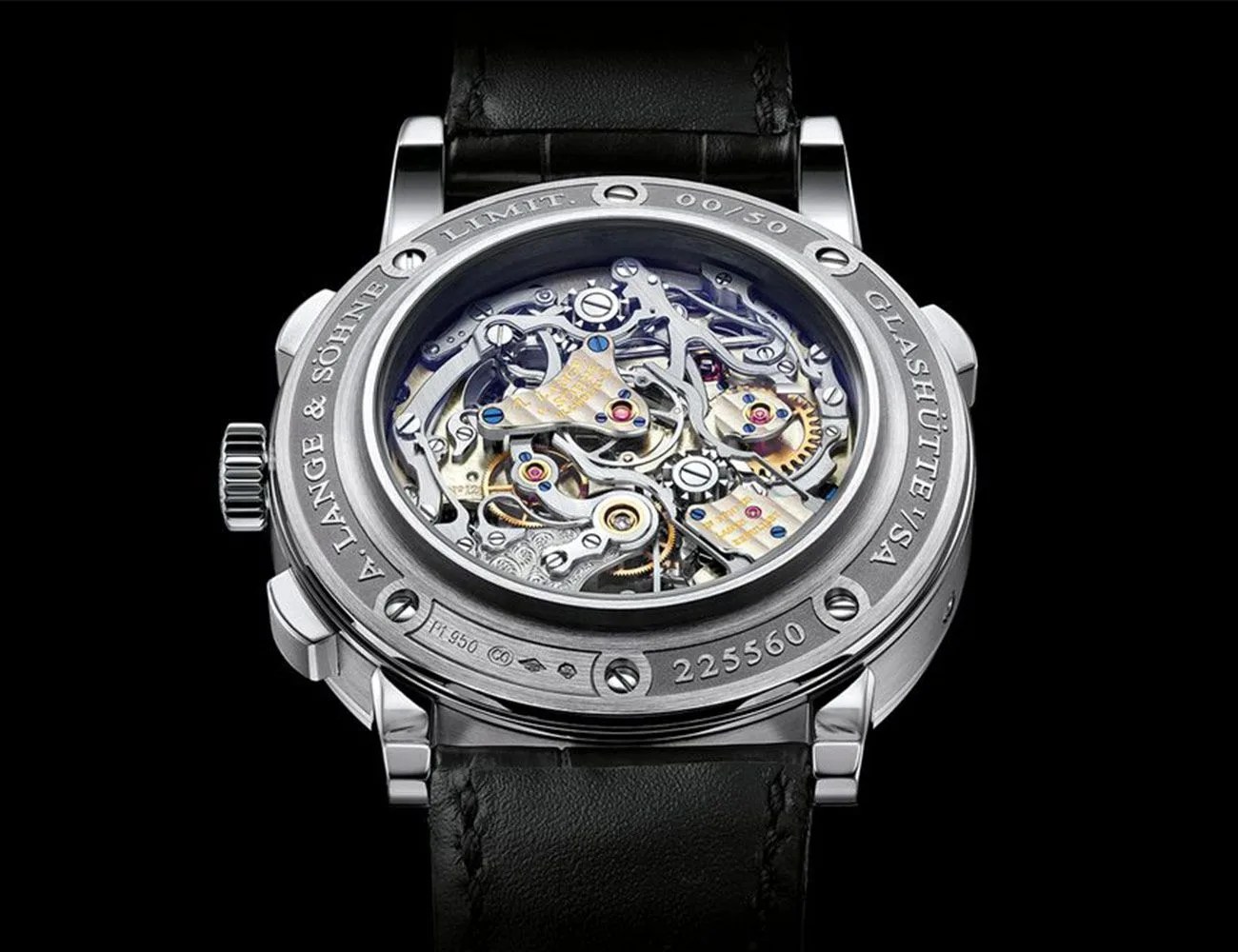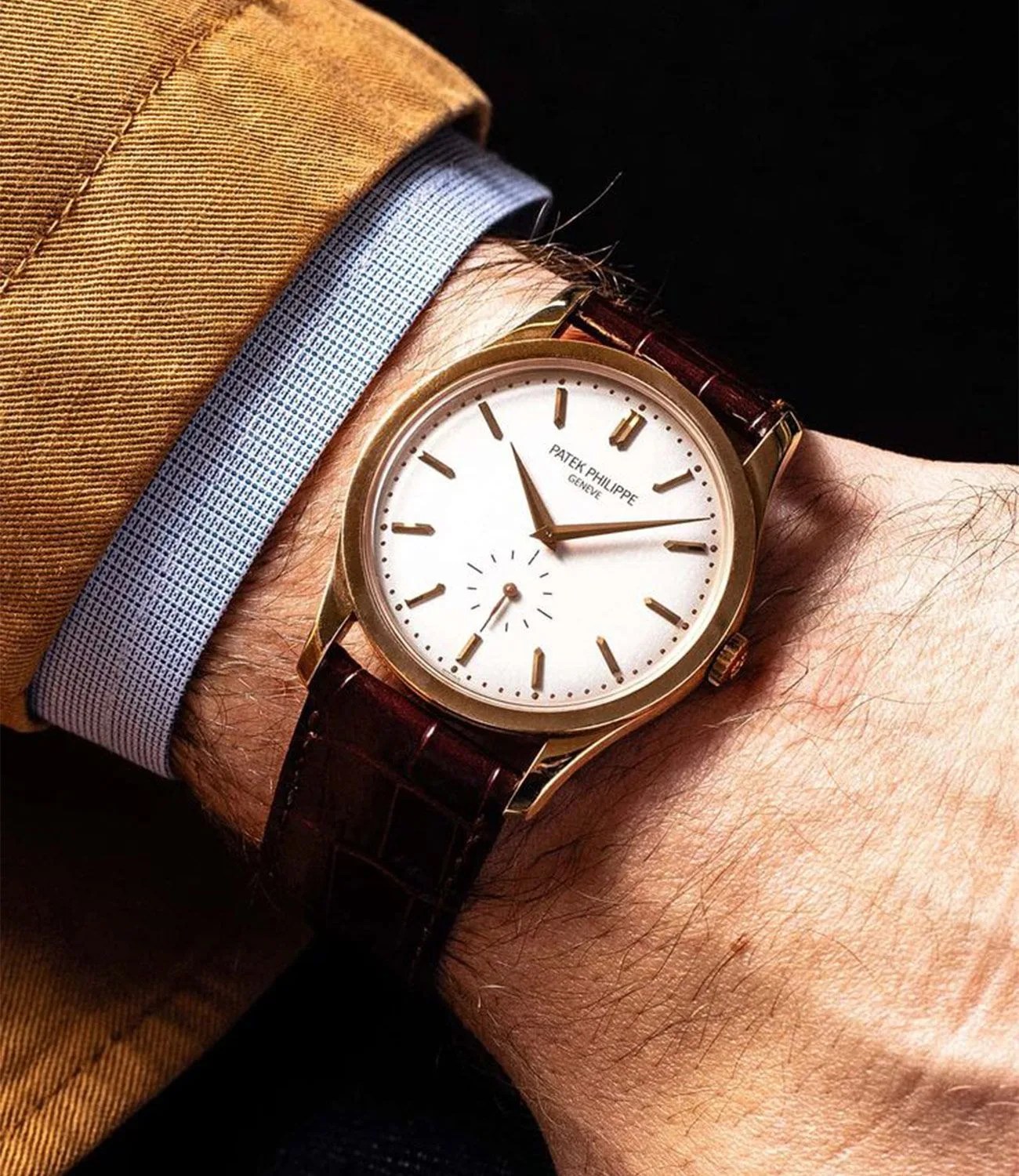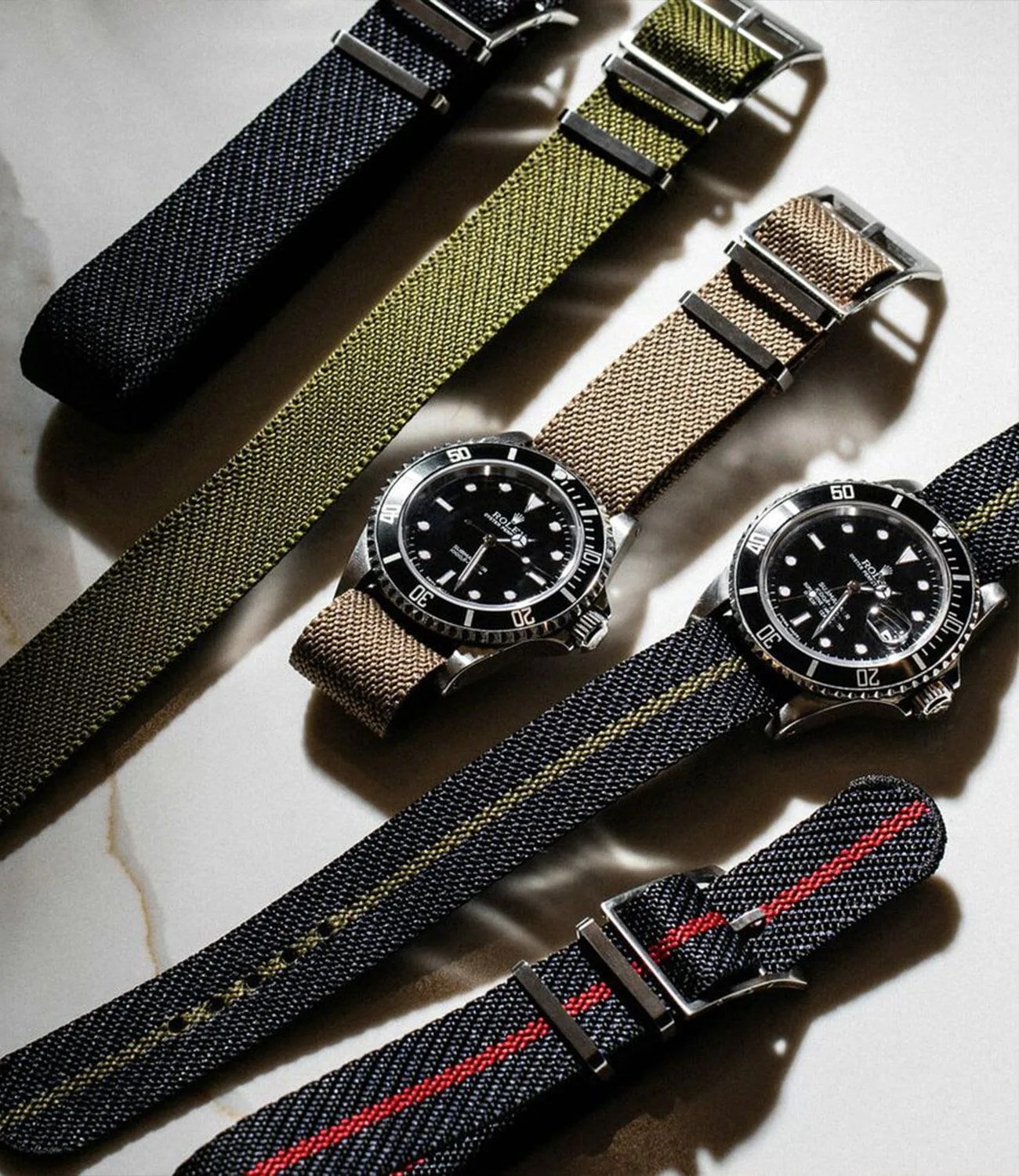After I tell people that I write about watches, the question inevitably arises: why do some watches cost so much? (This after the incredulity that one can actually make a living doing what I do.) There is always the guy in the group who says he’d never spend $5,000 on a watch; never mind that he has a $40,000 SUV that costs $100 a week to fill up with gas.
The easy way out of this discussion is to shrug and mumble something about brand prestige and high margins, at which point said guy flashes his $50 Ironman watch and says it keeps better time than his buddy’s Rolex. By then, it’s time to change the subject. After all, if you don’t “get” watches, the price question is largely a rhetorical one, anyway.
But in fact, the question of watch pricing is worth exploring. We’re not snobs. There are great watches to be had at nearly all price points, from sub-$1,000 dive watches to $30,000 or $100,000+ dress watches, and we try to celebrate all the good ones out there. But there is clearly a point at which the price curve goes more vertical in relation to a watch’s features. Here the value question comes into focus.
 A. Lange & Söhne
A. Lange & SöhneFirst of all, let’s get the obvious out of the way: there is a considerable markup on wristwatches. Since Swiss brands are notoriously tight-lipped about things like production numbers and costs, we can’t say for certain what the markup is, but we’re pretty confident it’s well north of 100%. Mind you, we’re talking merely about cost of producing the watch itself, not the overall overhead of R&D, marketing, etc. We’ll get to that in a moment. Established brands can tout their reputations and the cachet of the “Swiss Made” (however watered-down that may be these days) emblazoned on dials to charge a premium for their watches.
If none of us forked over $6,000 for an IWC Aquatimer, they wouldn’t sell for that price. Period.




